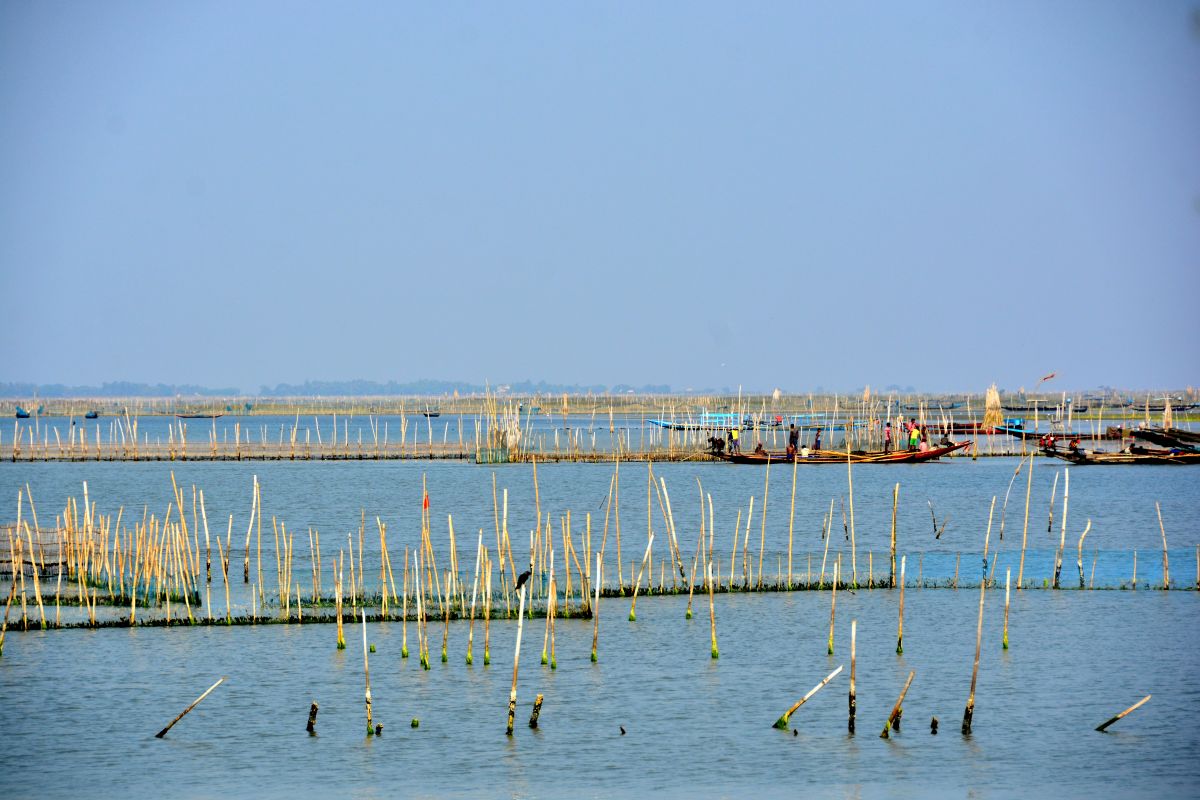The contours of Chilika Lake, Asia’s largest brackish water lake, stand altered with the opening up of four more new mouths with cyclonic storm Fani impounding the water body.
“Chilika lagoon had only two active mouths — the point where it meets the sea — before Cyclone Fani hit the coast. However, four new mouths have opened up due to wave energy with high tidal prism and saline ingress to the lake. Effects on biodiversity and ecology of the brackish water lake are being assessed,” said Chilka Development Authority (CDA) Chief Executive officer Sushanta Nanda.
Advertisement
Apart from the formation of new mouths, the cyclonic storm has not triggered major damage to the lake. Its flora and fauna, besides the water birds, are intact. Carcasses of three dolphin species have so far been retrieved, according to Nanda.
Apprehension looms large that the opening up of new mouths may lead to increase saline content of the brackish water lake. Higher salinity may affect fish migration to the lake. The possibility of marine aquatic animals ensconced in the lake bearing the brunt of the hyper-salinity may not be ruled out either.
The creation of new mouths has triggered fears that it will adversely affect the lake’s health profile. However, it’s still in the realm of speculation. Nothing conclusively could be construed till scientific survey throws light on it. It could also lead to greater migration of fish from sea to the lake. It may also turn out to be a blessing in disguise for 1.5 lakh fishermen who are eking out a living by fishing in the lake.
Chilika Lake, Asia’s largest brackish lake along the Odisha coast, is one of the hotspots of biodiversity and shelters a number of endangered species listed in the IUCN red list of threatened species. The lake is a unique assemblage of marine, brackish and fresh water eco-system with estuarine characters.
The lake is an avian grandeur and the wintering ground for more than one million migratory birds and is a Ramsar site. The highly productive ecosystem of the lake with its rich fishery resources sustains the livelihood of thousands of fisher folk who live in and around the lake.











